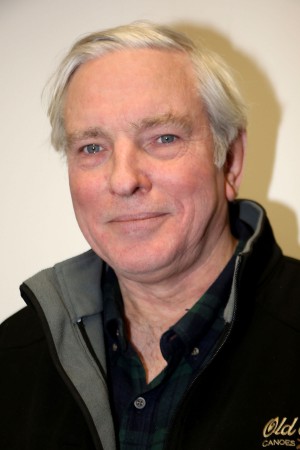1. Introduction
Sheet metal air bending has been automated with a part handling robot. The robot acquires the flat part and positions the part’s bend lines on the appropriate tool for each bend in the part. In order to improve the productivity in mass production, the robot should hold the part in a way that cycle time is minimized and the design specification can be met. In the sheet metal bending cell, we have been using a 5 DOF robot, which is connected to the press brake and has a parallel two jaw gripper. For most of the parts, it is necessary for the robot gripper’s initial grip location to be repositioned at a new location on the part before finishing all the required bends. We refer to the repositioning of the robot gripper as a repo. Also we refer to another gripper, used for temporarily holding the part during the repo, as the repo gripper.
A grasp plan with less repos is highly desirable in mass production because it reduces cycle time. Also, a part made with fewer repos is typically more accurate than a part with more repos due to the compliance in the gripper’s grasp surface, mechanical slop in the gripper, robot error and slip during grasping, etc. Since the grasp plan heavily depends on the gripper, there are various grippers with different sizes and shapes in the gripper library. By selecting an appropriate gripper, a grasp plan with the minimum number of repos can be achieved.
Optimal grasp planning can be time consuming and is a difficult task for parts with many bends. One reason is that there are often several goal conditions, which can conflict and yet must be mutually optimized. Current practice, with the best available computer tools, heavily depends on human experts to modify existing plans for similar parts or even generate a whole new plan. It takes a few hours for simple parts to a few days (weeks) for complex parts to generate a bending plan, program the robot, select and layout tools, and to set the bending parameters. In a robot-attended sheet metal bending process, the grasp plan strongly affects the bend sequence planning for a given part.
2. Tasks of Grasp Planning
In our bending cell, there are many grippers with different types and sizes to choose from. Currently all of the grippers have two parallel jaws. Either an upper jaw or a bottom jaw may have a knuckle; the other jaw does not have a knuckle. For a given part and tools, the grasp planner must select the best robot gripper and the best repo gripper to achieve the best grasp plan with the minimum number of repos.
In order to reduce the design-to-production time and improve the accuracy of the finished part, the grasp planner selects an optimal gripper that requires a minimum number of regrasps to produce the part. The number of grasp positions is estimated by the number of “bend sets” needed to account for all of the bends, where each bend set is a collection of bends that can be done from one grasp position. The grasp planner is designed to work with a bend sequence planner based on an A* search algorithm. When the bend sequence planner queries with a partial bend sequence, the grasp planner responds with grasp area and an estimate of grasping’s cost to the goal. Although the size of the search space exponentially grows with the number of bends, the grasp planner’s accurate cost estimation helps the bend sequence planner quickly direct the search for the best bend sequence. In many cases, the grasp planner outperforms human experts in selecting an optimal gripper and is able to generate grasp plans with a minimum number of regrasps.

